Subtotal: $174.62
Description of Zepbound 10 mg
- Role in Dosing: Zepbound dosing begins at 2.5 mg and is typically escalated every four weeks in 2.5 mg increments (5 mg, 7.5 mg, 10 mg, etc.). The 10 mg once-weekly dose is a maintenance dose reached after three prior dose escalations and is one of the effective therapeutic doses. The maximum recommended dose is 15 mg.
- Mechanism of Action: Zepbound contains tirzepatide, a dual GIP and GLP-1 receptor agonist. This mechanism helps to reduce appetite, increase satiety, and slow down food movement in the stomach, promoting significant weight loss when combined with a reduced-calorie diet and increased physical activity.
- Administration: The 10 mg dose comes as a liquid solution (10 mg/0.5 mL) in a single-dose prefilled injection pen or vial. It is a subcutaneous injection administered once weekly into the thigh, abdomen, or upper arm.
- Safety and Side Effects: With dose escalation, patients continue to be monitored for common gastrointestinal side effects (nausea, vomiting, diarrhea, constipation) and serious, though rare, risks like pancreatitis, gallbladder issues, and the Boxed Warning for the risk of thyroid C-cell tumors.

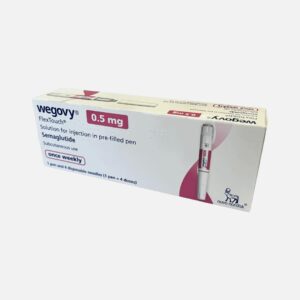 Wegovy 0.5mg Injection for Fast Weight Loss | Proven Semaglutide Treatment
Wegovy 0.5mg Injection for Fast Weight Loss | Proven Semaglutide Treatment 

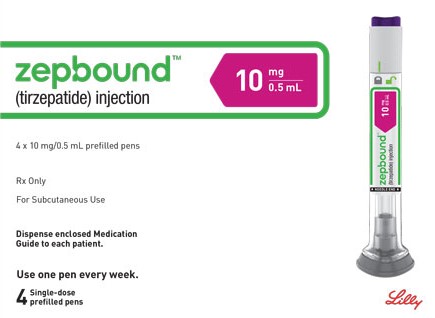
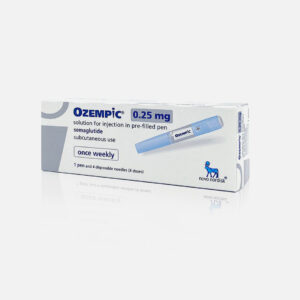
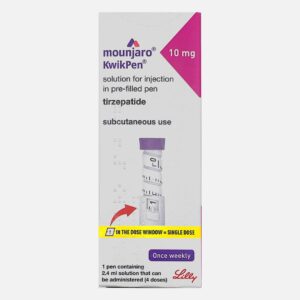
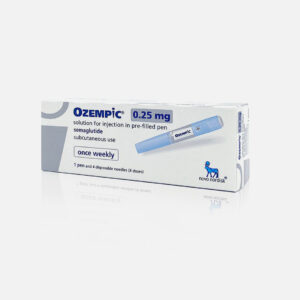
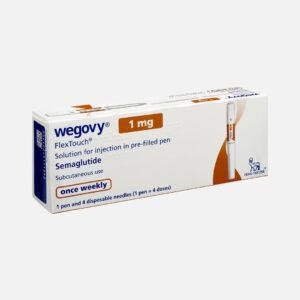
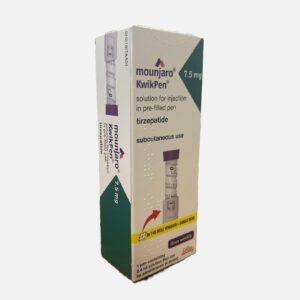
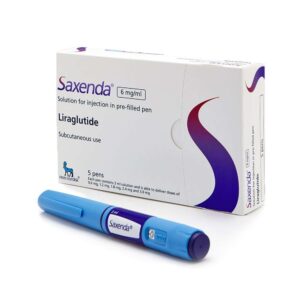
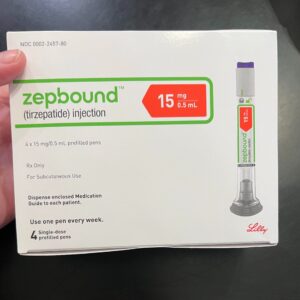
Reviews
There are no reviews yet.